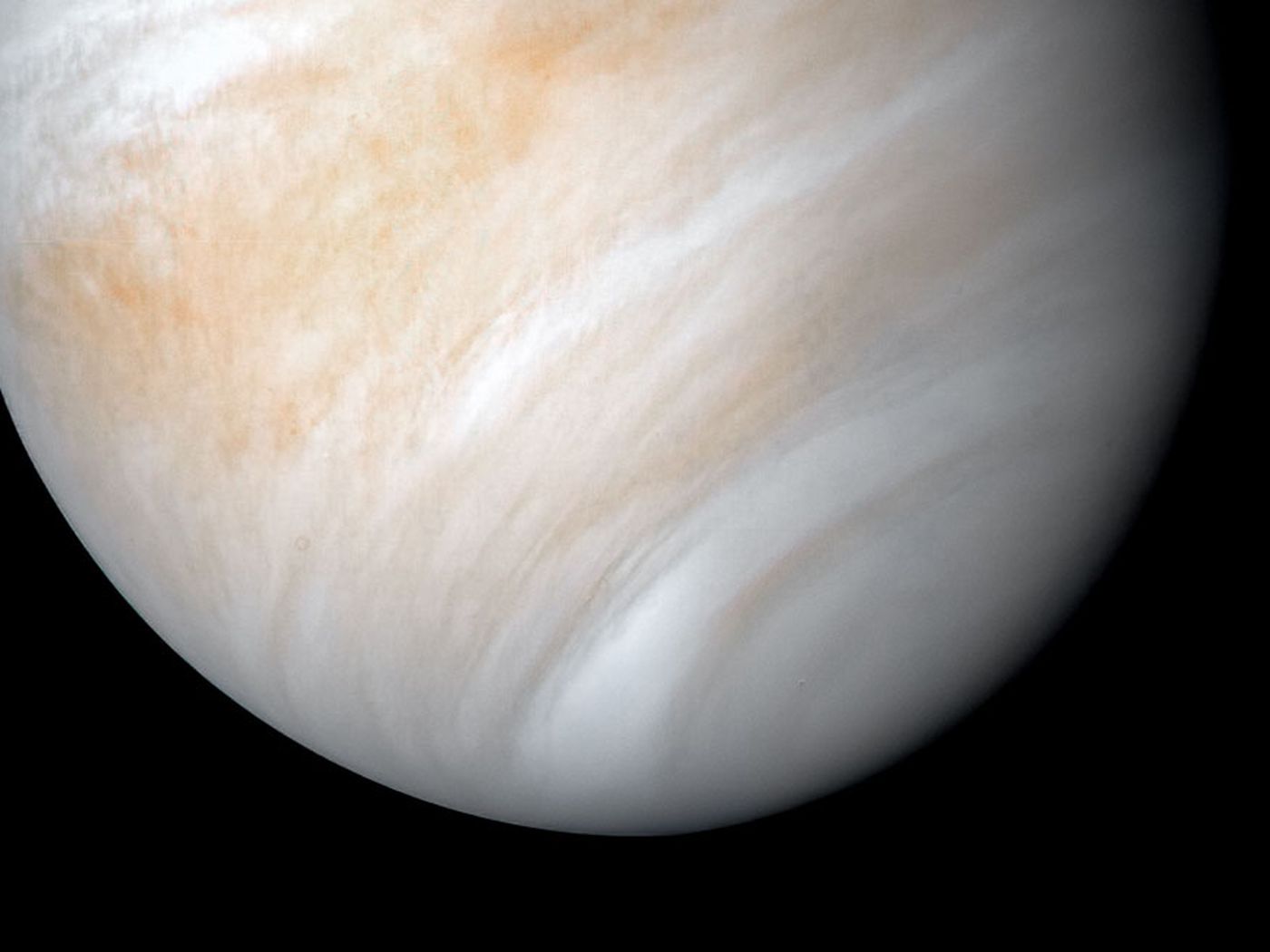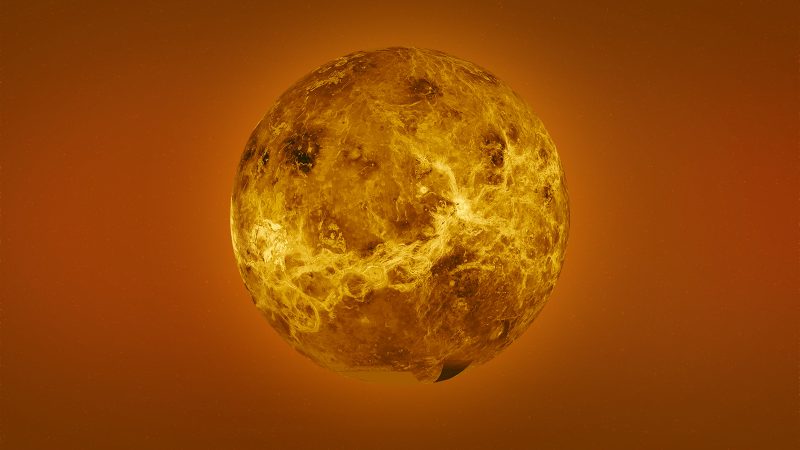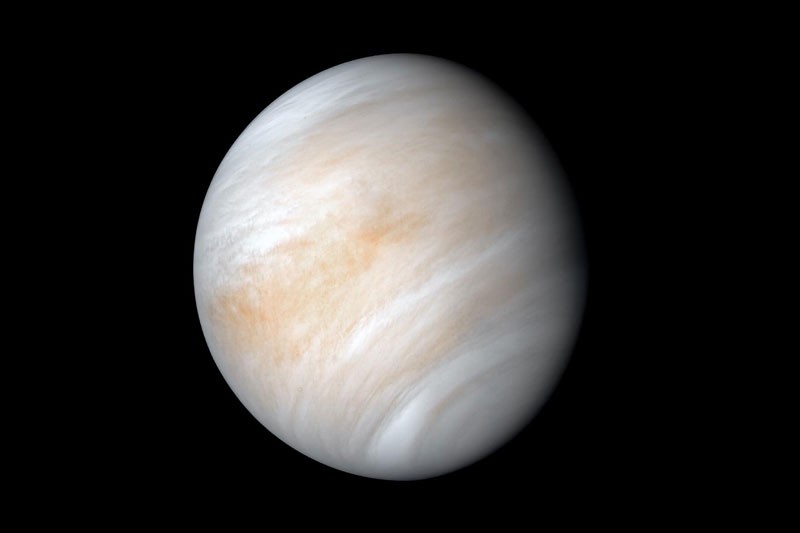
New research suggests that water never condensed and that, consequently, oceans never formed on the surface of Venus. One of the main reasons for this is the clouds that form preferentially on the night side of the planet.

The widely-publicized detection of phosphine gas on Venus – a possible "biosignature" suggesting the hellish planet could have living microbes in its clouds – was probably caused by sulfur gas.

A team of researchers claims they've discovered the amino acid glycine in Venus' atmosphere. There are about 500 known amino acids, but only 20 are present in the genetic code. Glycine is the simplest of them.

An international team of scientists have recently found the abundances of phosphine in the Venusian cloud decks. It might - just might - be a biosignature.

A new study identified 37 recently active volcanic structures on Venus. The study provides some of the best evidence yet that Venus is still a geologically active planet.

NASA has selected four possible planetary science missions for further evaluation, two focused on Venus, one on Jupiter's volcanic moon Io and one on Neptune's icy moon Triton. Final selections will be made next year.

According to new study by a team of NASA scientists, Venus would have been able to maintain stable temperatures – from a low of 20 °C (68 °F) to a high of 50 °C (122 °F) – for about three billion years.

A new study presents the first physical evidence that the Venus’ and Jupiter’s gravity can cause shifts in Earth’s orbit—and swings in its climate—every 405,000 years.

NASA, with an eye to future missions, is looking to create robotic missions and components that can survive inside Venus’ atmosphere for prolonged periods of time.

Japanese researchers recently conducted a study of the night side of Venus. In addition to being the first of its kind, this study also revealed that the atmosphere behaves differently on the night side, which was unexpected.

Once deployed, the mission will determine the composition, chemistry, dynamics, and radioactive transfer of Venus’ atmosphere.

Over the last few years electronics based on the semiconductor silicon carbide (SiC) have started to mature. Those properties make it a very suitable candidate for computing on Venus.

Using the Akatsuki spacecraft, Japanese scientists have detected a large, bow-shaped anomaly in the upper atmosphere of Venus. Strangely, the 6,200-mile-long structure is refusing to budge despite the 225 mile-per-hour winds that surround it.

Scientists believe Venus was once Earth-like. How is this possible and what caused the planet to turn toxic?

Earlier in its history, the second planet from the sun may have had a liquid water ocean and temperatures suitable for life, a new study shows.